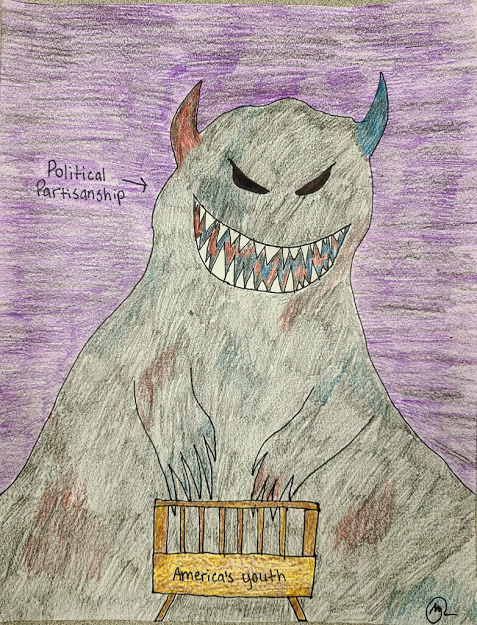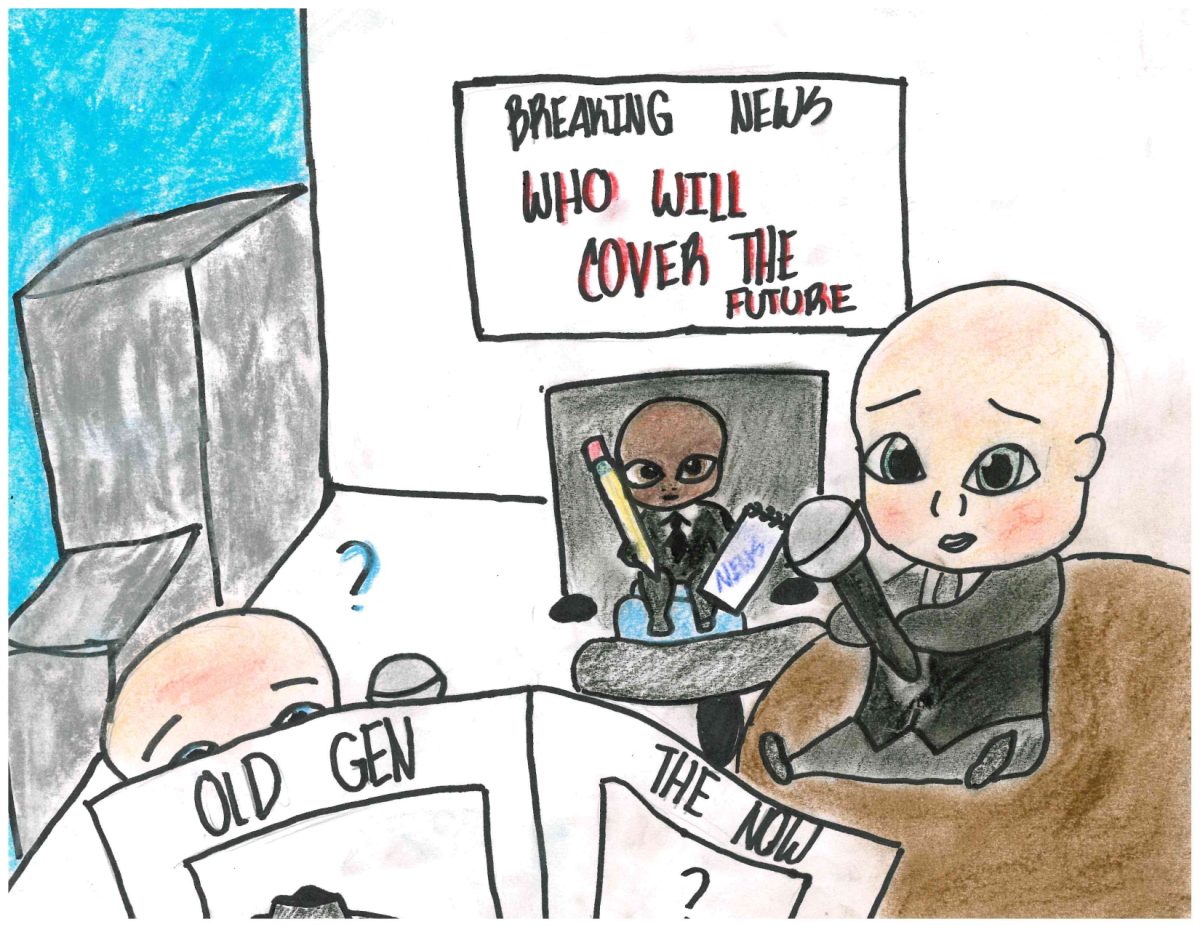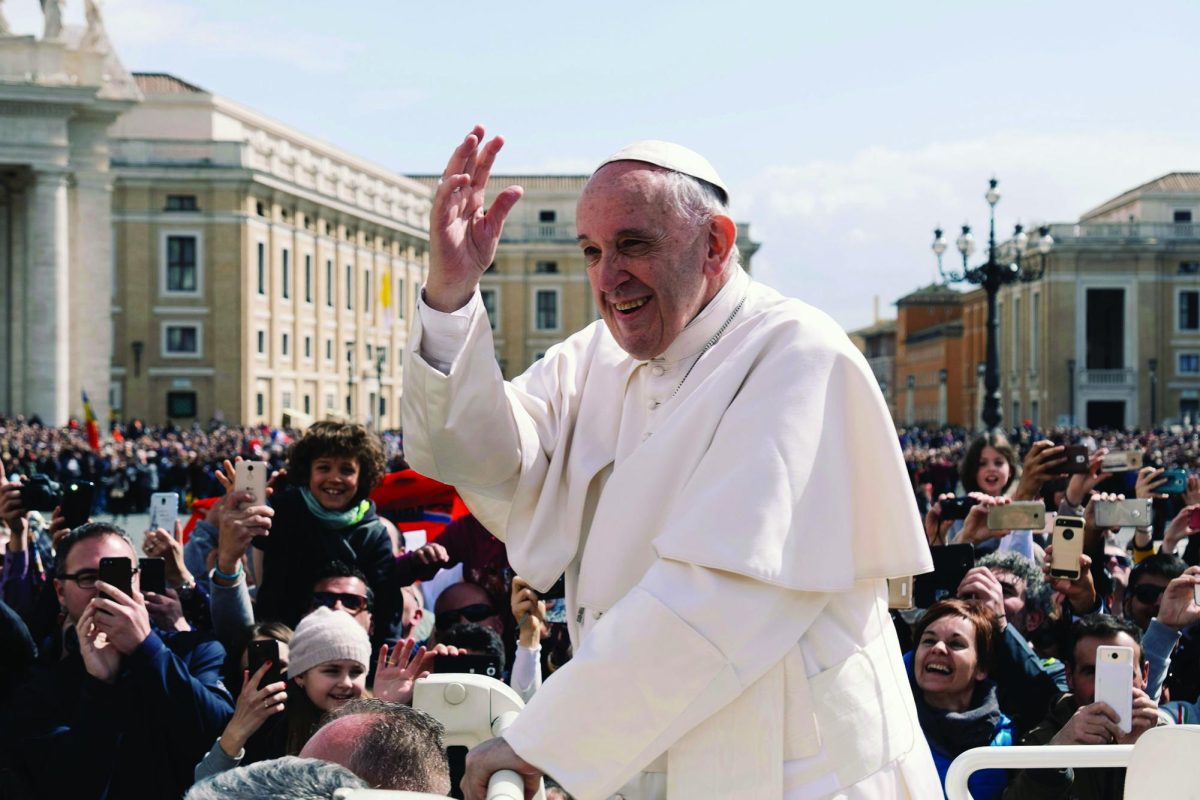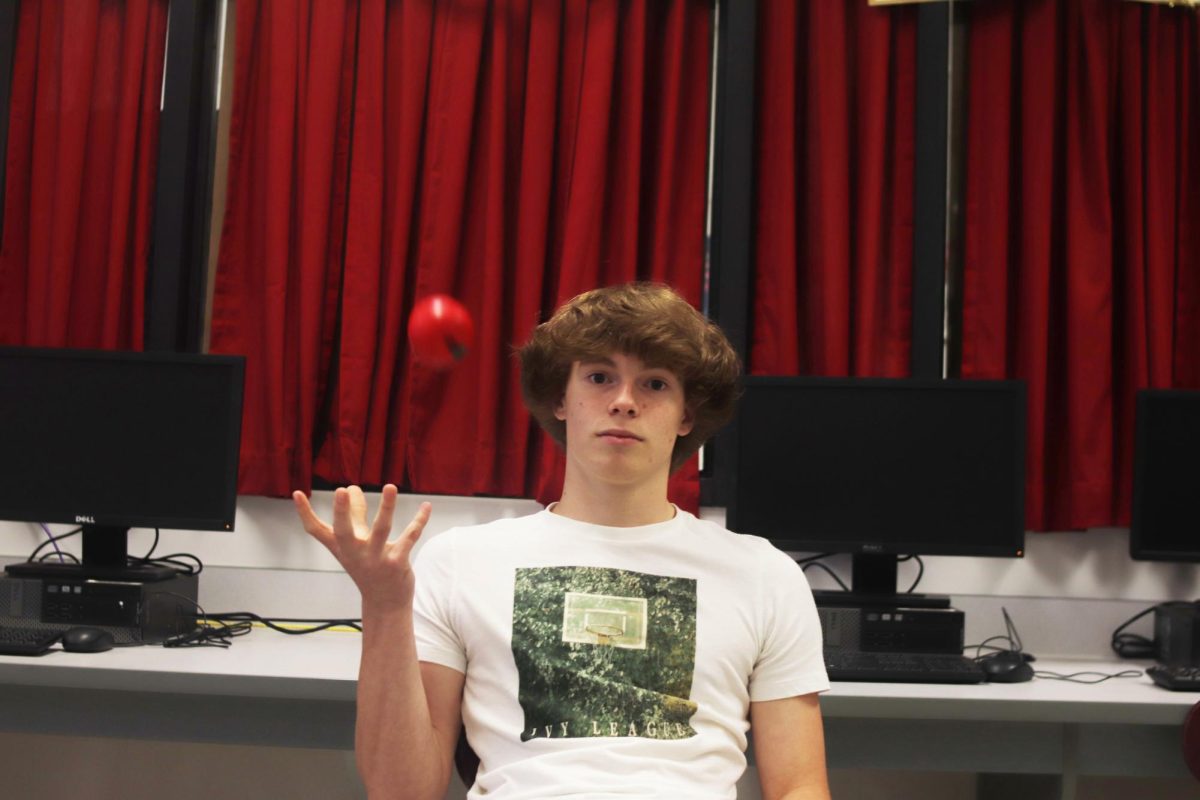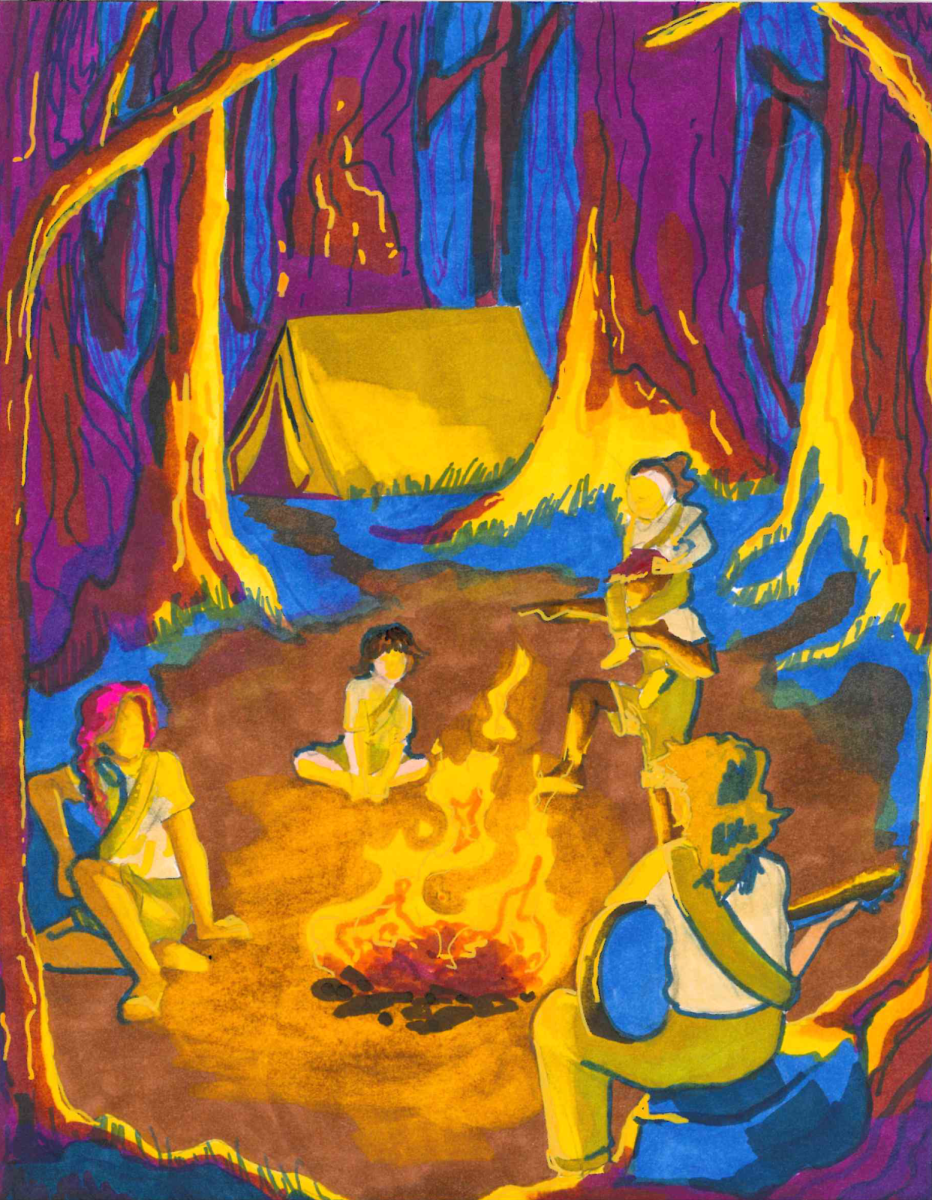After pro-Trump and white supremacist groups attacked the Capitol on January 6, people around the world were shocked by this unrest and attempted insurrection while government officials were trapped within the building.
During the 9/11 terrorist attacks, this building was the most probable target for Flight 93, which instead crashed in a field in Western Pennsylvania. The passengers and crew onboard fought back against the terrorists, risking their lives in order to save the people in and around the Capitol. On January 6, these insurrectionists attacked the very institution that so many have honorably given their lives to protect.
To desecrate a building that has held such an important place in the hearts of Americans, in the name of a president who is supposed to stand for American pride, is not patriotic: it is disgraceful.
Rioters broke windows and furniture, deployed fire extinguishers, defaced statues and were recorded proudly stealing items which risked national security. The Nazi flag was flown.
This appalling behavior and terroristic attack on the United States government prompted a response of shock and horror across the nation.
Students and teachers discussed the effects of these riots at the Capitol on the day after, many expressing frustration and horror at the realization that they could do nothing about it. Others felt numb to the idea that this building, one of utmost importance in America that they had been taught about so much in history classes, had been ransacked. Almost similarly to 9/11 and other deeply emotional and traumatic incidents, the day’s events remain etched into our minds.
As journalists covered the Capitol attacks, remarkable parallels could be drawn between the danger posed to them during the riots as during other crises. Notably, during 9/11, photojournalist Bill Biggart ran towards danger and performed his journalistic duty and displayed his innate impulse to inform the public by taking photos as the attack was occurring. He continued to take pictures until he was killed in the collapse of the North Tower.
On Janaury 6, reporters and photojournalists also risked their lives in order to cover the Capitol riots and were verbally abused and physically assaulted, whilem some of their equipment was destroyed by the pro-Trump mobs in the vicinity.
According to the U.S. Press Freedom Tracker, at least nine physical assaults were reported and some were even filmed. An independent White House correspondent was punched in the face by rioters. An Associated Press photographer was repeatedly pushed and dragged through the crowd and then pushed off of a ledge. The words “Murder the media” were found carved into a door, according to an article by the Washington Post.
This distrust and disdain in the media is echoed on a much larger scale as politicians continue to complain of bias within reporting when journalists report the truth. Even after these riots occurred, some complained that the media was being too harsh on rioters as they attacked a government building.
Have most journalists become too harsh and too biased or are people becoming more and more numb to the destruction that the words of blindly-followed politicians incite?
Those who created our democracy ensured that citizens could participate in their democracy without threatening the continuance of governance and democracy. There are ways to question the government, call the government to action and reshape the government without threatening to bring down the institution that protects those very capabilities.
It is critical, in order for our democracy to prevail, to ensure peaceful transitions of power. The attack on our capitol was an attack on the peaceful and righteous transition of power, and an attack on democracy.
It is critical that we work to lower the political temperature by easing partisan divides and restoring faith in our leadership, both of which require competent and unifying leadership across all levels of government. The adage to lead through example is incredibly pertinent when it comes to how our leaders encourage unity. Our leadership must stop pointing fingers “across the aisle” if unity is to result. It is no longer enough to push “unity” as an agenda, without understanding that unity often requires compromise and seeking middle ground with those of varying perspectives.
Historic and esteemed change makers were people who were respected, and when disrespected decided to take the high road. True patriots do not seek to go low, they seek to go high. Respect is not earned as a result of animalistic behaviors, violence and welcomed ignorance. Respect is earned as a result of courageous diplomacy, logic and an ultimate respect for the humanity of those who hold differing viewpoints.
The attack on the Capitol as we saw on January 6 was not an embodiment of patriotism for the United States as it embodied a blatant disrespect towards our great democracy. We must look to the disheartening events that transpired that day and respond with the heart to say “never again” as we did with the terrorist attacks of 9/11.
The Way We See It: Capitol attacks demonstrate danger of political divide
The Capitol building has long stood through fires, bombings, and fatal shootings as a symbol of national pride for The United States. An attack on this building is an attack on freedom and the very foundation of democracy.
The Arrowhead Editorial Board
•
February 12, 2021
0
More to Discover

